Access Control Solutions
We work with leading brands and manufacturers of access control, electronic locking systems and entrance systems to deliver competitive, cost-effective access solutions that work for clients and customers across all industries.
Specifying the right access control solutions is essential for ensuring the safety and security of your physical spaces.
Security and privacy are key concerns for individuals and organisations alike. Whether it’s protecting sensitive information, valuable assets, or ensuring the safety of individuals, access control solutions play a crucial role by regulating and managing the entry and exit of buildings, rooms, and areas within them.
These solutions encompass a range of control systems, technologies, and strategies that when implemented, help to safeguard against unauthorised access. Building projects in sectors such as residential, commercial, healthcare, and hospitality employ access control systems to authenticate users, control access permissions, and record entry & exit data. These systems can also be integrated with other infrastructure in your building such as automatic doors.
Whatever your application, our access control specialists will take a holistic view of your project. Working closely with the engineers, contractors, architects and specifiers to provide a comprehensive access strategy for your building.
Range of Access Control Solutions
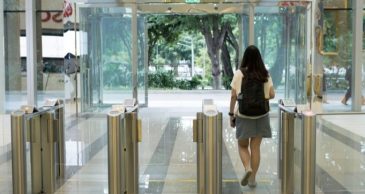
Speedlanes, Speedgates & Turnstiles
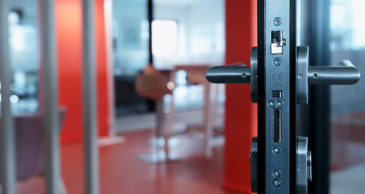
Electronic Locking Systems
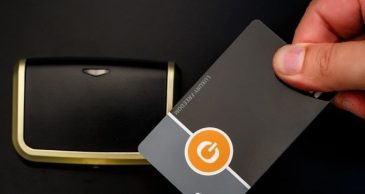
Hospitality Locking Systems
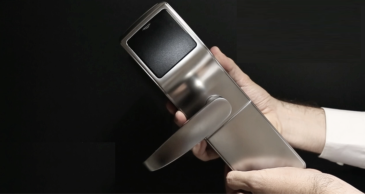
Hospitality Locking Systems – Upgrades

Barrier Access Control
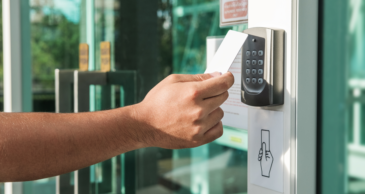
Card Access Control Systems
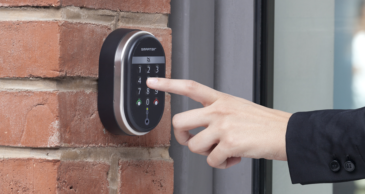
Access Control Systems
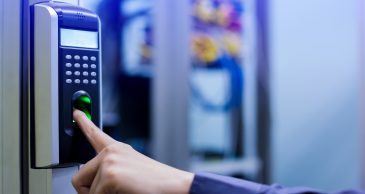
Biometric Access Control Systems
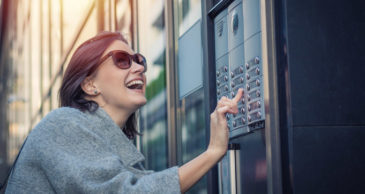
Audio / Video Door Entry Systems
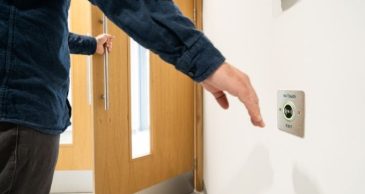
Door Access Control Systems
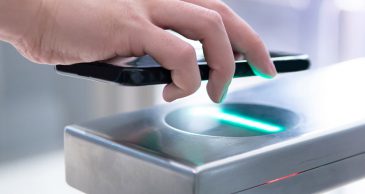
Contactless Access & Activation Switches
Features and Benefits of our Access Control Solutions
Access control systems are designed to allow or deny access to a building, room or area. They can be implemented in many different ways depending on the needs of your project and the level of security required. Specifying the right access control solutions for your project provides a range of features and benefits that will help you to manage your building’s security and functional requirements in a more efficient and effective way.
Enhanced Security: Access control systems manage entry to prevent access to unauthorised visitors thereby reducing the risk of theft or damage and simultaneously protecting sensitive information and valuable assets.
Increased Safety: Allowing and restricting access as needed helps prevent accidents, ensures that only trained personnel can access potentially hazardous areas (e.g. in hospitals) and improves overall safety protocols.
Improved Accountability: Entry and exit data enables monitoring employee attendance, tracking the movement of visitors, and investigating any security incidents or breaches that may occur (e.g. in a data centre).
Ease of Management: The ability to remotely control and modify access permissions, making it more convenient and efficient for administrators to manage access rights and respond to changing security needs.
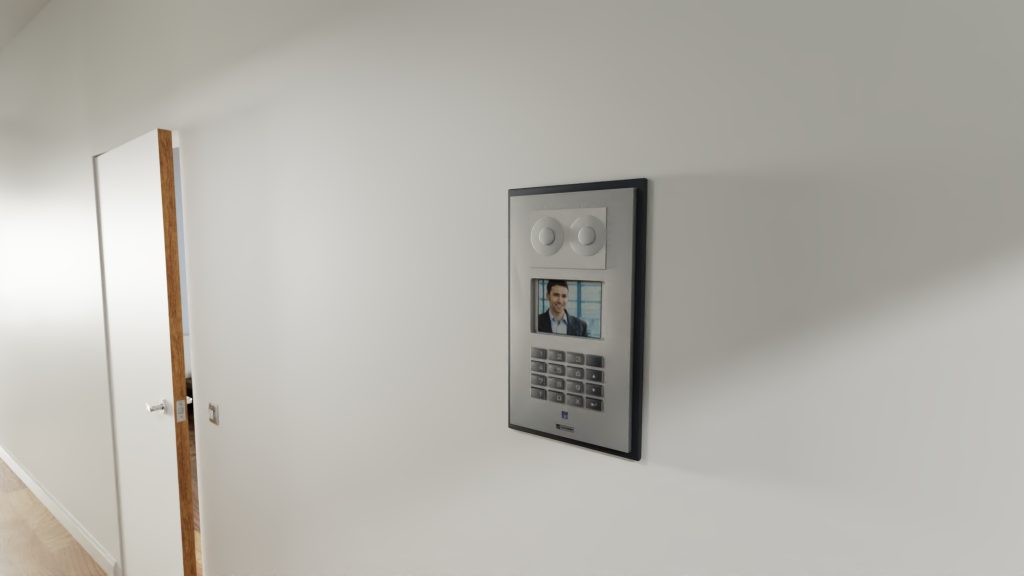
Types of Access Control Solutions
At KCC Group we offer a full range of access control solutions. These include door access control, electronic locking systems, barrier access, contactless systems, audio/video entry systems, thermal scanning units, and more. Each offering distinct advantages in terms of accuracy, convenience, and integration capabilities.
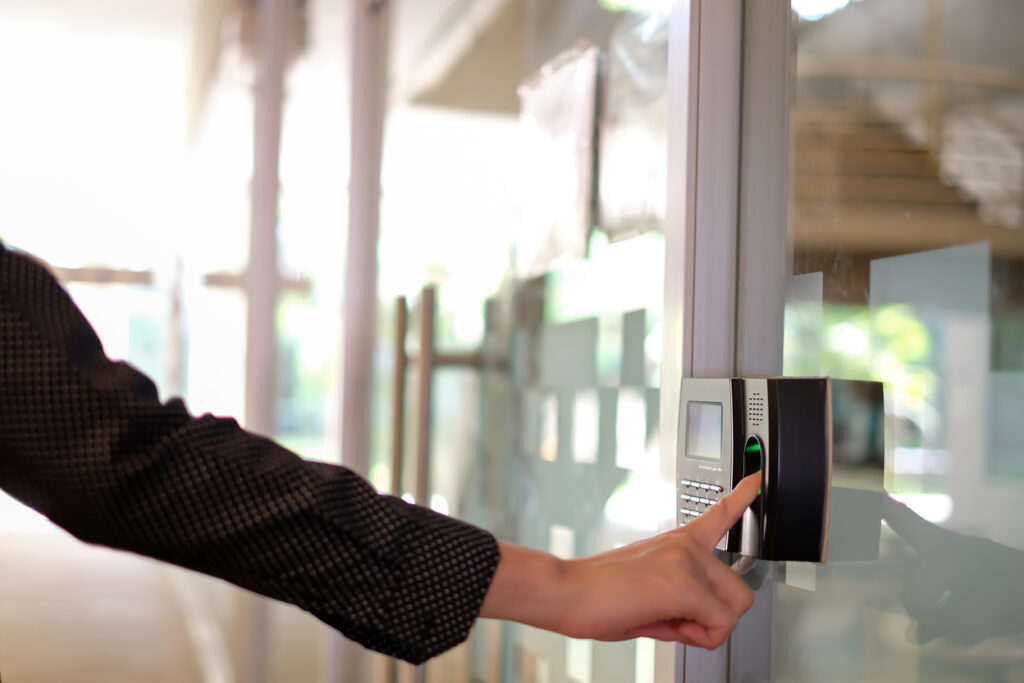
Biometric Readers
Biometric readers remain an attractive method of access control because of their accuracy and convenience. By requiring each user to present their unique personal identifier, be it fingerprint or facial scan for example, the need for physical access cards or passwords is eliminated. As biometric data is specific to the individual and cannot be replicated, it becomes extremely difficult for an unauthorised intruder to access your building. Key factors to consider when contemplating biometric based access control are cost, integration with existing systems and privacy concerns of individuals.
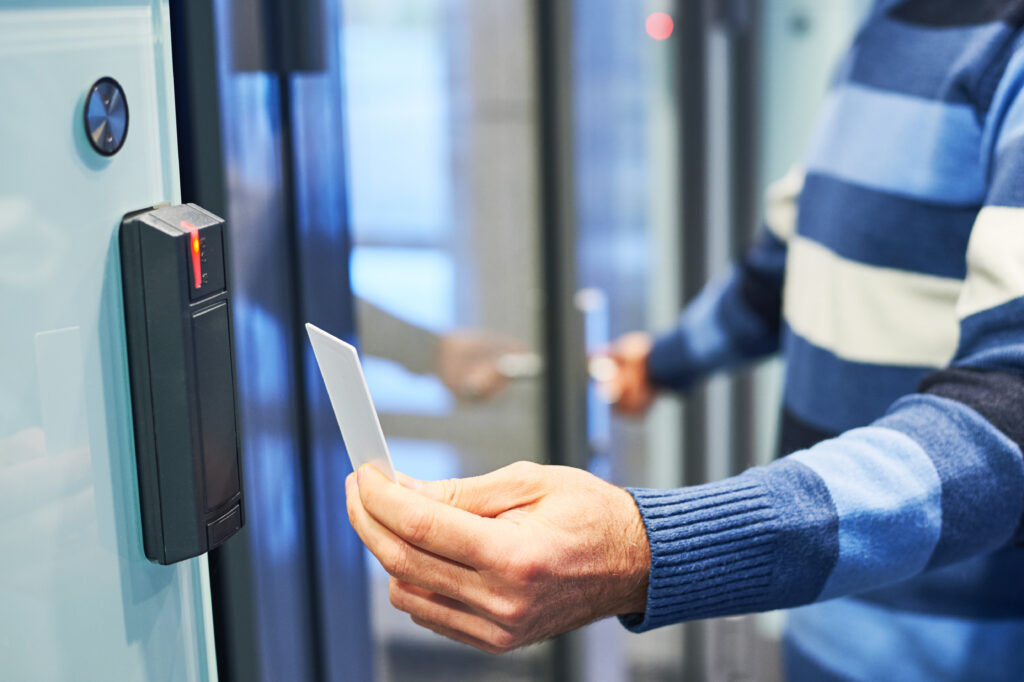
Card-Based Access
Many buildings and companies utilise card based access control systems which require security acess cards, sometimes with RFID technology or magstripes to provide access to individuals. Pre-programmed cards are usually presented to a proximity reader, swiped or inserted into a wall or surface mounted card reader. Card reader systems can generally be integrated into larger security systems or used as a single point of entry. Our card-based access control solutions enable permitted users to enter quickly and conveniently while offering dependable security against unlawful entrance. They are appropriate for use in a number of sectors, including as residential, commercial, healthcare, education, and hospitality.
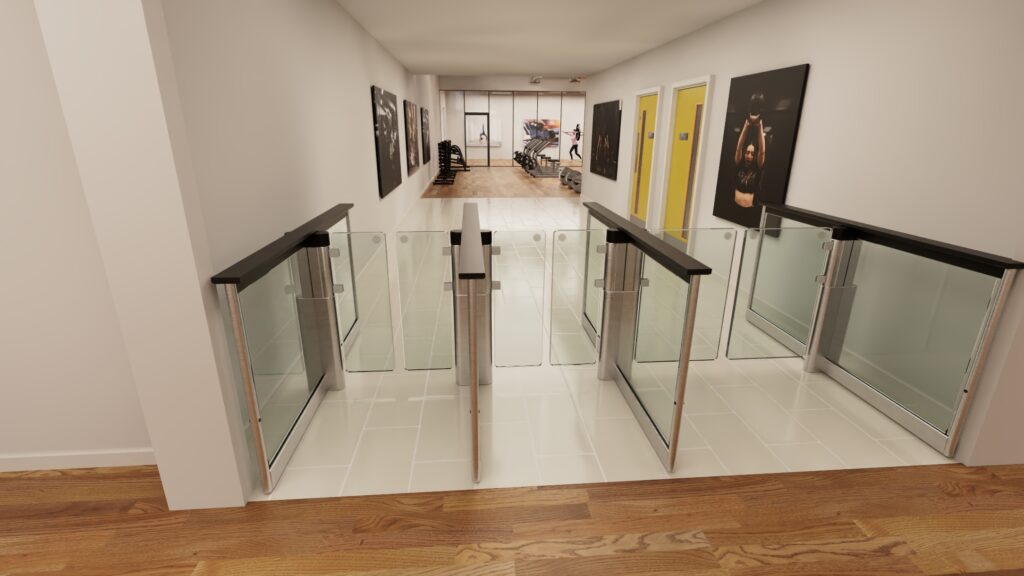
Speedlanes, Speedgates & Turnstiles
Designed to effectively manage and monitor the flow of people into and out of buildings, Speedlanes, Speedgates & Turnstiles are a convenient, fast and secure access control solution commonly specified in applications such as airports, government buildings, hospitals, shopping centres, schools and universities. These robust and secure systems provide strict control over unauthorised access and provide a reliable method of crowd control in high traffic areas. They can be used as stand-alone systems or integrated with other access control devices such as card readers, biometric readers, and CCTV cameras.
Access Control Solutions FAQs
Find the answers to the most frequently asked questions about our access control solutions, and learn how access control systems can be implemented to regulate and manage entry into physical spaces such as buildings, rooms, and specific areas within the rooms.
Maintaining security and privacy in organizations and institutions requires access control, which is the process of governing and managing entry and exit to physical areas or digital systems. By limiting the possibility of unauthorized entrance and safeguarding sensitive data and valuable assets, access control guarantees that authorized access is only allowed in accordance with predetermined criteria and permissions. Real-time monitoring and notifications are also made possible by access control, which improves general security and makes it possible to react quickly to threats.
The three main tenets of access control are accountability (maintaining logs of access occurrences), authorization (providing suitable access privileges), and authentication (confirming users’ identities). Organizations can safeguard sensitive data, preserve privacy, restrict unauthorised access, stop theft and damage, and comply with industry requirements by putting access control systems in place.
At the heart of access control solutions lies the control system, which serves as the foundation for managing access to physical spaces. This system comprises hardware and software components that authenticate users, grant or deny access, and record entry data. Various types of control systems are deployed, including card-based systems, keypad systems, and biometric systems. Each system offers its own unique advantages in terms of accuracy, convenience, and integration capabilities.
Entry points, including doors, gates, turnstiles, and checkpoints, are critical locations where individuals gain access to secured areas. Securing these entry points involves implementing physical barriers, video surveillance systems, and intrusion detection mechanisms. Equipping control doors with electronic locking mechanisms and sensors enables authentication and access regulation. These control doors can be configured to require specific credentials, such as access cards or biometric data, adding an extra layer of security.
Organizations can grant or limit access to specified regions based on predetermined time intervals by using time-based access control. Organizations can enhance security during non-working hours and simplify access management for various user groups by implementing varying access permissions at different times of the day. Shift-based access and after-hours limitations are two features of time-based access control systems that guarantee thorough control over access privileges.
An integral part of access control systems are control doors. They can be used to secure critical places like server rooms, and they are commonly found in commercial and industrial environments. They can also be used to control access to portions of a facility that are off-limits, like storage rooms or offices. Control doors can be set up to restrict admission by requiring certain credentials, like access cards or biometric information. Moreover, they can offer functions like remote monitoring, automated locking, and interaction with other security systems.
A thorough approach is necessary for the successful implementation of an access control solution. Control solutions improve the operation and administration of access control systems by combining hardware, software, and protocols. Because these solutions provide centralised management, administrators can effectively oversee and regulate access across numerous sites. An extra degree of security is offered by integration with other security systems, such as intrusion detection and video monitoring.
Modern access control systems greatly improve convenience and security by utilizing the most recent developments in technology. Features like cloud-based management, enhanced analytics, and mobile access control are possible inclusions in these solutions. Smart locks enable smartphone-based keyless entry, multi-factor authentication systems provide an additional security layer, and access control software with artificial intelligence (AI) capabilities identifies irregularities and questionable activity. Adopting these state-of-the-art solutions guarantees a thorough and reliable security infrastructure.
Access control systems offer flexibility within set restrictions, but they are also made to enforce rigorous security requirements. These permissions make it possible to provide exceptions to access control rules, for example granting access during maintenance times, allowing visitors temporary access, as well as offering emergency override options. System privileges allow customizable access control for a range of contexts, striking a compromise between ease and security.
Access control systems use several security levels to secure critical places and resources. The proper security level is determined by several considerations, including asset value, potential hazards, and compliance requirements. Implementing multi-factor authentication, isolating access zones, and conducting regular risk assessments are all strategies for maintaining various degrees of security. Organisations can protect their assets and information by putting in place tailored security measures.
People counting is a critical component of access control systems. This tool reliably counts the number of people in a facility using a variety of methods and technologies, including infrared sensors, video analytics, and WiFi tracking. People counting provides useful information for improving security, resource allocation, and space management. Advantages include capaicity planning, crowd management and efficient evacuation in the event of an emergency.
Building sites pose unique challenges when it comes to access control. Construction and development projects involve a large number of workers, external contractors, and temporary access requirements. Implementing access control solutions in these sites is crucial for ensuring the safety of workers, protecting equipment and materials, and preventing unauthorised access. Best practices for building sites include robust entry point controls, visitor management systems, and integration with time and attendance tracking solutions.
Yes, it’s possible to integrate access control systems with other building infrastructure such as automatic doors. This involves connecting the access control system to the existing hardware, such as electronic locks and sensors, and configuring the software to manage access permissions. Through this integration, you can enhance security and convenience for building occupants.
